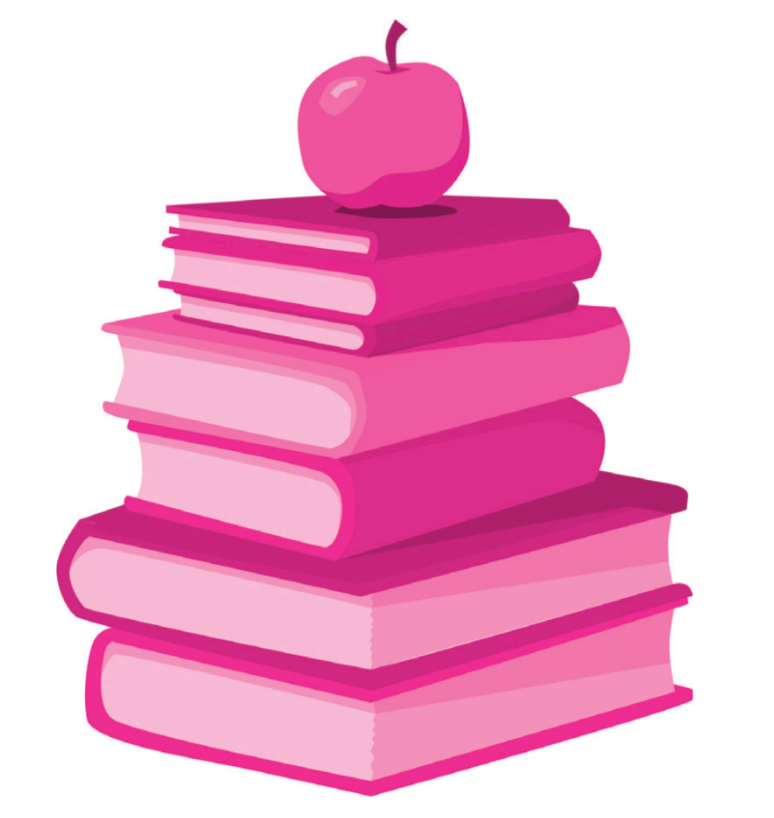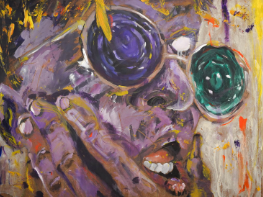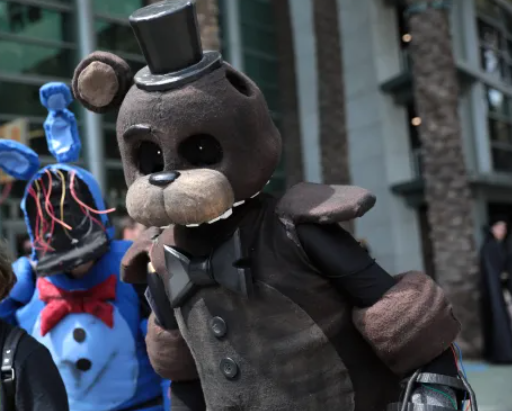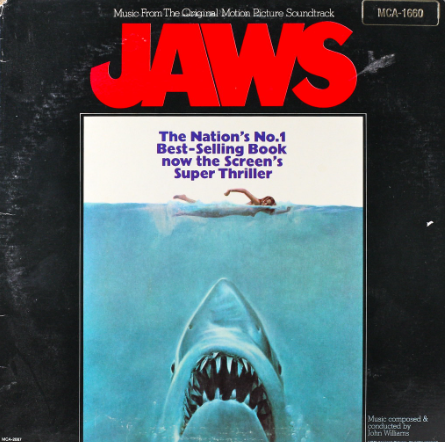MCVSD works to diversify English curriculums
BLOT GRAPHIC BY DANI MCLAUGHLIN
The MCVSD English department has been working to integrate more diverse authors and titles into the curriculum.
June 17, 2021
To teach the classics or to teach more diverse books, that is the question.
The Monmouth County Vocational School District’s English department has been working to adapt its curriculum to include more diverse authors. Currently, the books taught in Communications High School English classes from sophomore to junior year include only one female author and no authors from People of Color or LGBTQ+ communities.
Diversity has become a huge focus across all subjects as more students are noticing the absence of it in their everyday education. Director of Curriculum and Instruction Kelly Harmon and the English department utilize the New York University Diversity Scoreboard in order to evaluate the curriculum to include more diverse texts.
“It’s a template and it has all these questions that ask you to reflect on your curriculum to make sure that it’s culturally responsive and diverse. We use that checklist to go through our curriculum and see what texts we have to add and what themes we have to incorporate,” Harmon said.
Communications High School has recently finished reworking the freshman English curriculum, and continues to teach the classics such as “Romeo and Juliet” but has also incorporated more diverse books like “Patron Saints of Nothing” by Randy Ribay, a Filipino-American author.
Freshman Brandon Kopp of Marlboro explained that freshman English teacher Anne Kelterborn effectively introduced unique perspectives in literature to the class.
“In English class, Ms. Kelterborn introduced us to Amanda Gorman before the election and before she became more widely known and I think that’s one example of great talent that’s from a more diverse background,” Kopp said.
Although the freshman curriculum is completely finished, the sophomore and junior classes still need to be reworked. Junior English teacher Kelly Lang explains that changing an entire curriculum requires a thorough process because it includes many aspects.
“Developing a curriculum that includes racial, cultural, gender and socioeconomic representation is an ongoing process that requires time, professional development and money,” Lang said.
Moreover, the addition of diverse texts to classes will vary students’ learning and educate them on engaging, real life topics.
Junior Quinn Hoagland of Colts Neck believes a diverse education is important, as it would provide information that students should be thinking about.
“There are so many other titles written by people of color, women and members of the LGBTQ community that hold equal importance,” Hoagland said. “It’s so relevant especially today to have an education that’s representative of the world that surrounds us and there’s a lot of work that we need to do now to make our curriculum more diverse for the future.”














